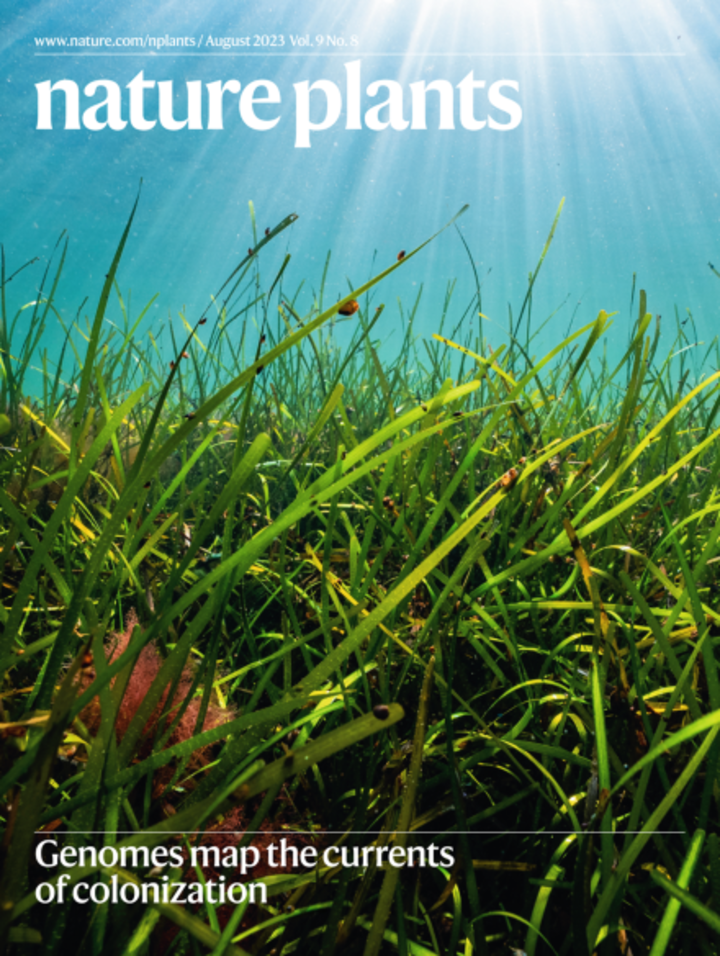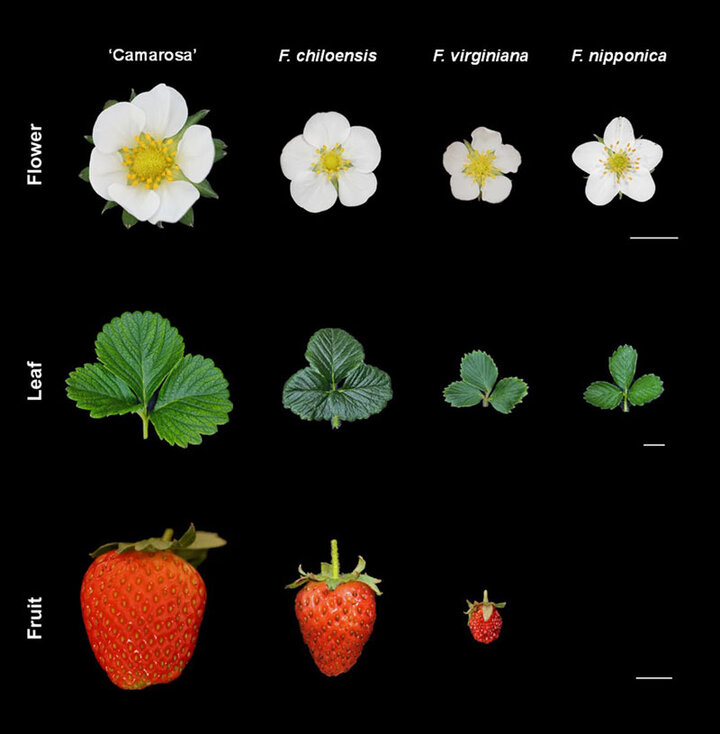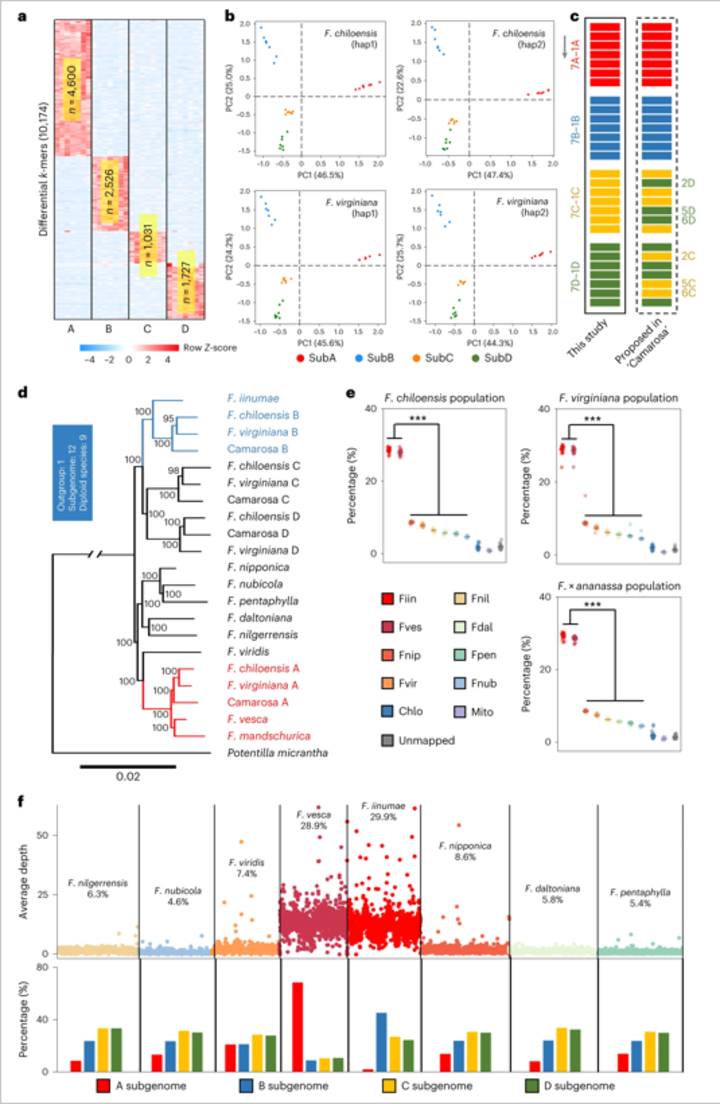Nature PlantsVOLUME 9, PAGE 1252–1266 AUGUST 2023 
|
Featured Researcher: Jeffrey Mower

For hundreds of years, the origins of the juicy strawberry we know and love remained a juicy mystery. Now, a landmark study including PSI’s Jeff Mower has cracked the code, revealing the evolutionary blueprint of the octoploid strawberry and its wild ancestors.
This breakthrough, published in Nature Plants, shines a light on the intricate dance of ancient tetraploids and hexaploids that ultimately led to the birth of the modern strawberry. The key players? Three key diploid species: Fragaria vesca subsp. bracteata, F. iinumae, and a now-extinct relative of F. iinumae.
Using cutting-edge genomic sequencing and analysis, the researchers unraveled the complex puzzle of the four subgenomes that make up the octoploid strawberry genome. This meticulous detective work uncovered crucial clues, confirming the long-suspected role of F. vesca subsp. bracteata and F. iinumae as the direct sources of the A and B subgenomes, respectively. For the C and D subgenomes, previously proposed ancestors, F. viridis and F. nipponica, were ruled out after facing rigorous genomic interrogation, with the evidence pointing instead to extinct relatives of F. iinumae as the likely source. Additionally, the study reshuffled the deck within the C and D subgenomes, reassigning three pairs of homoeologous chromosomes based on shared genetic fingerprints.
This discovery is more than just academic curiosity. It opens doors for strawberry breeders, guiding them towards promising wild relatives as sources of valuable genetic diversity for future cultivars. Accessions of F. vesca subsp. bracteata and F. iinumae can now be prioritized for preservation and characterization, ensuring a secure genetic library for future breeding efforts.
However, the strawberry saga isn't quite over. The exact details of the polyploid tango remain shrouded in some mystery, where clues might lie in the whispers of extinct ancestors. The C and D subgenomes, while closely related, hint at a possible ancient tetraploid ancestor. Was it an autotetraploid or an allotetraploid?
The study also suggests the existence of a vanished hexaploid containing the B, C, and D subgenomes, estimated to have emerged around 3 million years ago. Perhaps, with advances in environmental DNA sequencing, these ghostly ancestors could one day be resurrected from the fossil record, completing the captivating story of the strawberry's rise to fame.
This groundbreaking study not only unveils the intricate story of the strawberry's past but also paves the way for a brighter future for this beloved fruit. By understanding its genetic roots, we can unlock its full potential, ensuring the next bite of a juicy strawberry is not just delicious, but also a testament to the power of evolutionary genomics.

